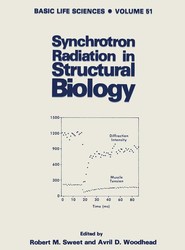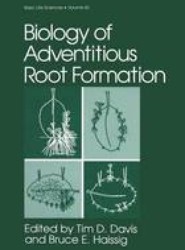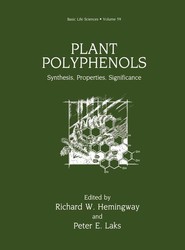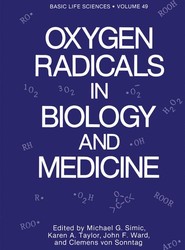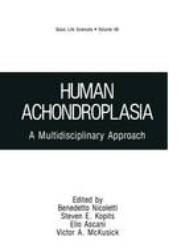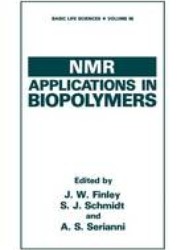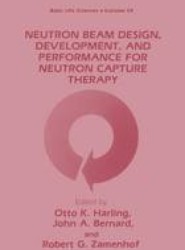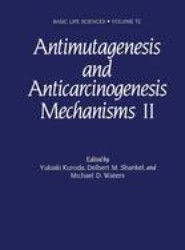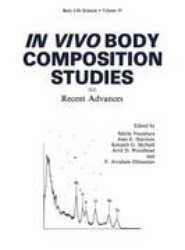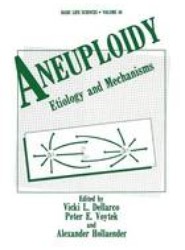(To see other currencies, click on price)
MORE ABOUT THIS BOOK
Main description:
Chromosomes, being well-defined structures that are easily vis ible under the optical microscope, readily lend themselves to in tense physical and biochemical study. The understanding of the structure and function of this most critical genetic material has progressed through a number of interesting stages. Often connected with the development of new techniques in staining and photography, using the standard microscope and the electron microscope. It is interesting to look back at the history of cytogenetics. I would like especially to emphasize the work of Karl Sax and many of his students. Work with Tradescantia became feasible after Edgar Anderson straightened out the ecology and Sax took advantage of the small number of chromosomes easily visible under the microscope. As a matter of fact, this development is seen as the foundation for the quantitative analysis of radiation effects on chromosomes. During the 50 years since then, more refined studies have been initiated. The study of cytogenetic mechanisms has become an important tool for the recognition of the effects of environmental factors on all liv ing systems and has made SCE studies possible. One of the most important stages in chromosome research was the development, in radiation biology, of radiolabeling the chromosome with tritiated thymidine. This technique, published in 1957 by Dr.
Contents:
of Part B.- Sce and Genetic Toxicology.- Sister Chromatid Exchange Analysis in Cultured Peripheral Blood Leukocytes of the Coldwater Marine Fish, Pacific Staghorn Sculpin (Leptocottus armatus): A Feasible System for Assessing Genotoxic Marine Pollutants.- SCE Studies in the Chick Embryo and Neonate: Actions of Mutagens in a Developing System.- SCE Induction by Indirect Mutagens/Carcinogens in Metabolically Active Cultured Mammalian Cell Lines.- Erythrocyte-Mediated Metabolic Activation Detected by SCE.- The Effect of Erythrocytes and Hemoglobin on Sister Chromatid Exchange Induction in Cultured Human Lymphocytes Exposed to Aniline HC1.- Development of Rodent Peripheral Blood Lymphocyte Culture Systems to Detect Cytogenetic Damage In Vivo.- Accumulation of SCEs in Lymphocytes During Chronic Ingestion of a Mutagen.- Elimination of Cyclophosphamide-Induced SCE in Lymphocytes of Rats with Time Post-treatment.- Detection of SCE in Rodent Cells Using the Activated Charcoal Bromodeoxyuridine System.- Assessment of Sister Chromatid Exchange in Spermatogonia and Intestinal Epithelium in Chinese Hamsters.- Sister Chromatid Exchanges in Mammalian Meiotic Chromosomes.- Human Studies.- Removal and Persistence of SCE-Inducing Damage in Human Lymphocytes In Vitro.- Persistence of SCE-Inducing Lesions after GO Exposure of Human Lymphocytes to Differing Classes of DNA-Damaging Chemicals.- Proliferative Kinetics and Chemical-Induced Sister Chromatid Exchanges in Human Lymphocyte Cultures.- Importance of the Mitogen in Sister Chromatid Exchange Studies.- Serum-and Plasma-Dependent Variations of Benzo(a)pyrene-Induced Sister Chromatid Exchange in Human Lymphocytes.- Analysis of Sister Chromatid Exchanges in Bloom Syndrome by Use of Endomitotic and Three-Way Differentiation Procedures.- Complementation Studies in Murine/Human Hybrids Suggest Multiple Etiology for Increased Rate ot Sister Chromatid Exchange in Mammalian Cells.- Different Properties in Lymphoblastoid Cell Lines from Patients with Bloom Syndrome.- Study of Basal Cell Nevus Syndrome Fibroblasts after Treatment with DNA-Damaging Agents.- DNA Interstrand Cross-linking, Repair, and SCE Mechanisms in Human Cells in Special Reference to Fanconi''s Anemia.- Human Health Situation and Chromosome Alterations: Sister Chromatid Exchange Frequency in Lymphocytes from Passive Smokers and Patients with Hereditary Diseases.- Sensitivities of Peripheral Lymphocytes from Healthy Humans and Cancer Patients to Induction of Sister Chromatid Exchanges by Genotoxicants.- Value and Significance of SCE in Human Leukemia and Cancer.- SCE and Cell Cycle Studies in Leukemia.- Sister Chromatid Exchange in Phytohemagglutinin-Stimulated Lymphocytes of Nonfamilial Cutaneous Malignant Melanoma Patients.- SCE Induction by Cytostatics and Its Relation to Iatrogenic Leukemogenesis.- Sister Chromatid Exchange Frequency and Cell Cycle Kinetics in Cancer Patients Treated with Cytostatic Drugs.- Monitoring Patients on Long-Term Drug Therapy for Genotoxic Effects.- Practical Applications of the SCE Studies for Guiding and Improving Chemotherapy.- Genotoxicity of Antiamebic, Anthelmintic, and Antimycotic Drugs in Human Lymphocytes.- Sister Chromatid Exchange Induction by Cigarette Smoke.- The SCE Test as a Tool for Cytogenetic Monitoring of Human Exposure to Occupational and Environmental Mutagens.- Sister Chromatid Exchanges in Workers Exposed to Low Doses of Styrene.- The Effects of Hypolipidemic Peroxisome Proliferators on the Induction of SCEs.- Ethylene Oxide and Some Factors Affecting the Mutagen Sensitivity of SCE in Humans.- General Discussion.- The Relevance of Sister Chromatid Exchange Studies to Public Health: Prevention and Intervention. Introduction to a General Discussion on the Interpretation of Sister Chromatid Exchange Data.- Summary of General Discussion.- List of Participants.
PRODUCT DETAILS
Publisher: Springer (Springer-Verlag New York Inc.)
Publication date: February, 2013
Pages: 1033
Weight: 954g
Availability: Available
Subcategories: Pharmacology
From the same series


